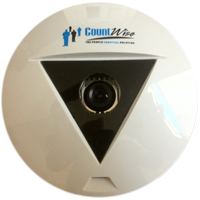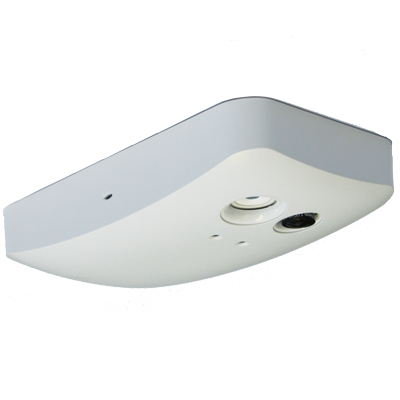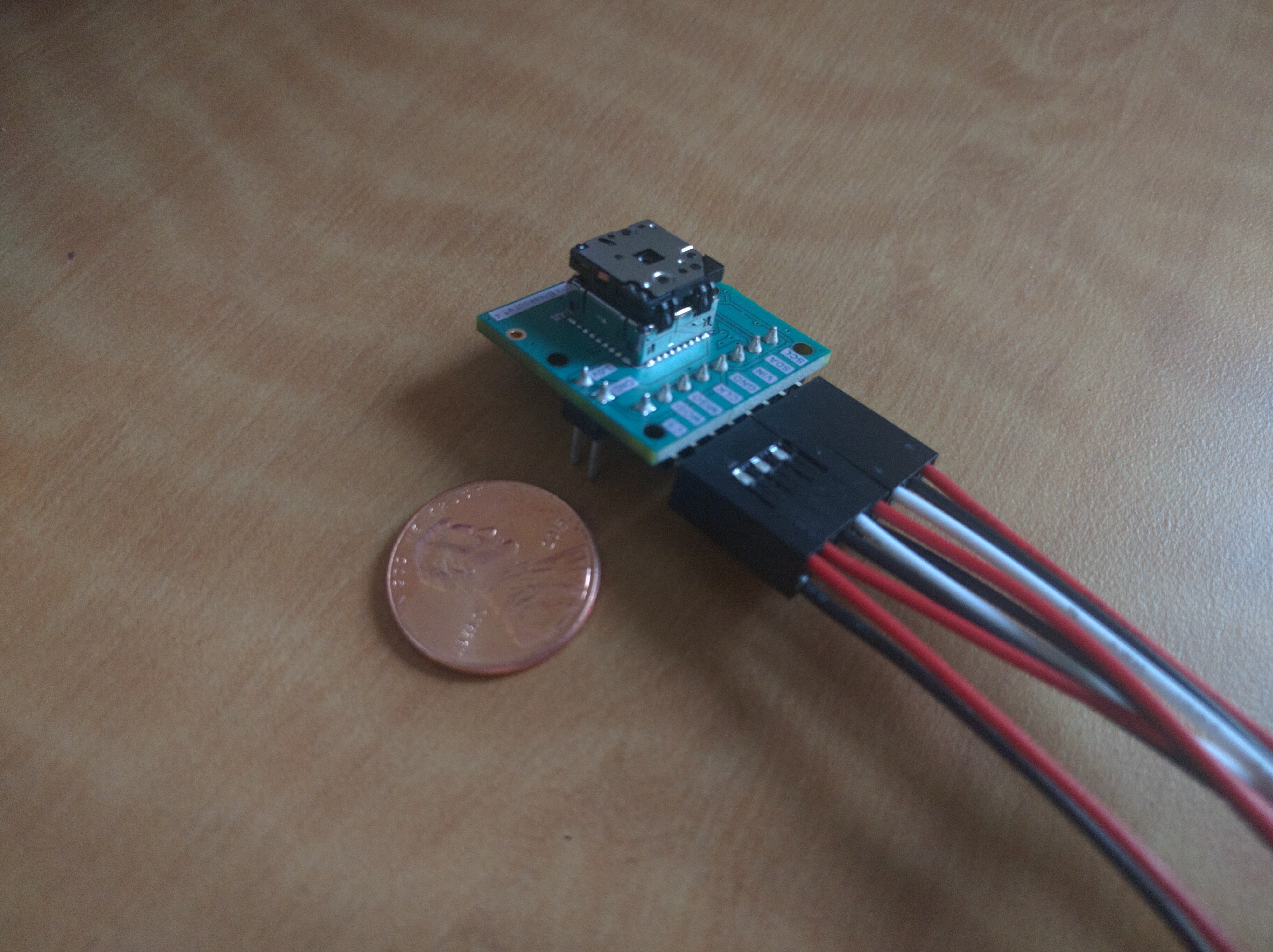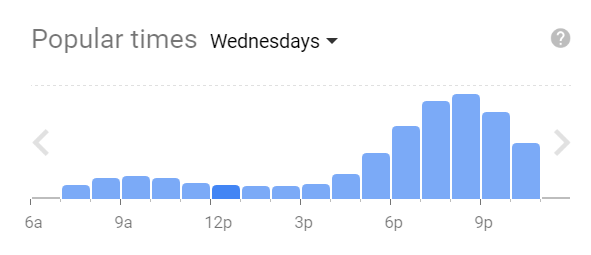Competitive Analysis
 CountWise
CountWise
CountWise systems uses video and image processing technology to count people moving through a space. While this is more general than our approach and can be applied in a greater variety of locations, it is much more power-intensive.
 Irisys
Irisys
Irisys has sophisticated people-counting products, capable of covering large door spaces. Unlike our product, though, it requires both power and ethernet connectivity.
 Rita
Rita
Rita was another capstone project built last year. They used accelerometers placed in chairs that took readings and transmitted data every 30 minutes to detect whether seats were occupied. We intend our system to provide updates at a faster rate as well as use a much smaller number of devices to monitor a space.








